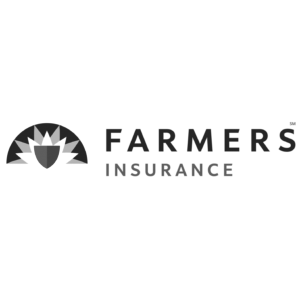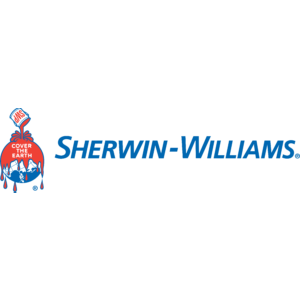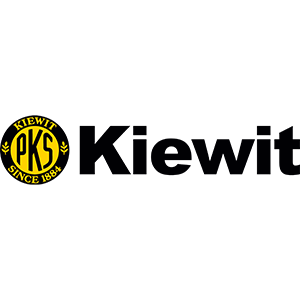CSC Corptax
Transforming tax through technology, business process expertise, and industry-best support
NEW: Read your Complete Pillar Two Playbook—A Four-Step Planning and Preparation Guide
Solutions built for your success
Best system architecture for the corporate tax life cycle
- Total transparency
- Instant data access
- Full data governance
Global and domestic: GAAP and IFRS
- Instant RTP
- Predictive analytics
- Concurrent reviews
Flow data from international through state reporting
- Automate calcs and data dependencies
- Automate adjustments and apportionment
- Leverage data-driven reviews
Global planning, analytics, and reporting tools
- Anticipate global tax changes
- Streamline calcs, forms, and more
- Understand data dependencies
Build and share high value intel
- Perform analytics within Corptax
- Flow data to and from BI apps
- Share info internally and externally
Education and inspiration
Pillar Two Updates and New Corptax GMT Features
Be Ready for 2025 Provision and Compliance
Pillar Two Playbook:
Streamline the Process in 4 Steps
Corptax International Compliance
Build Your Case for Automating Provision
Award-winning support
Available every day and after hours during busy season, we stay with you until your issue is solved—and follow up with documentation.
24x7 access to help
0
consecutive Support Staff Excellence awards
0%
Customer satisfaction rating - we care!
0
in-product videos, webcasts, and CPE classes
Corptax Professional Services
Automate workflows and generate analytics
Implement with guided-to-full assistance
Plan strategically for complex regulations
Close gaps with cost-effective loan-staff services
Trusted by industry leaders
Corptax solutions support 1,000 corporate clients in 100 countries, including 50% of the Fortune 500® and 60% of the Fortune 100.


















